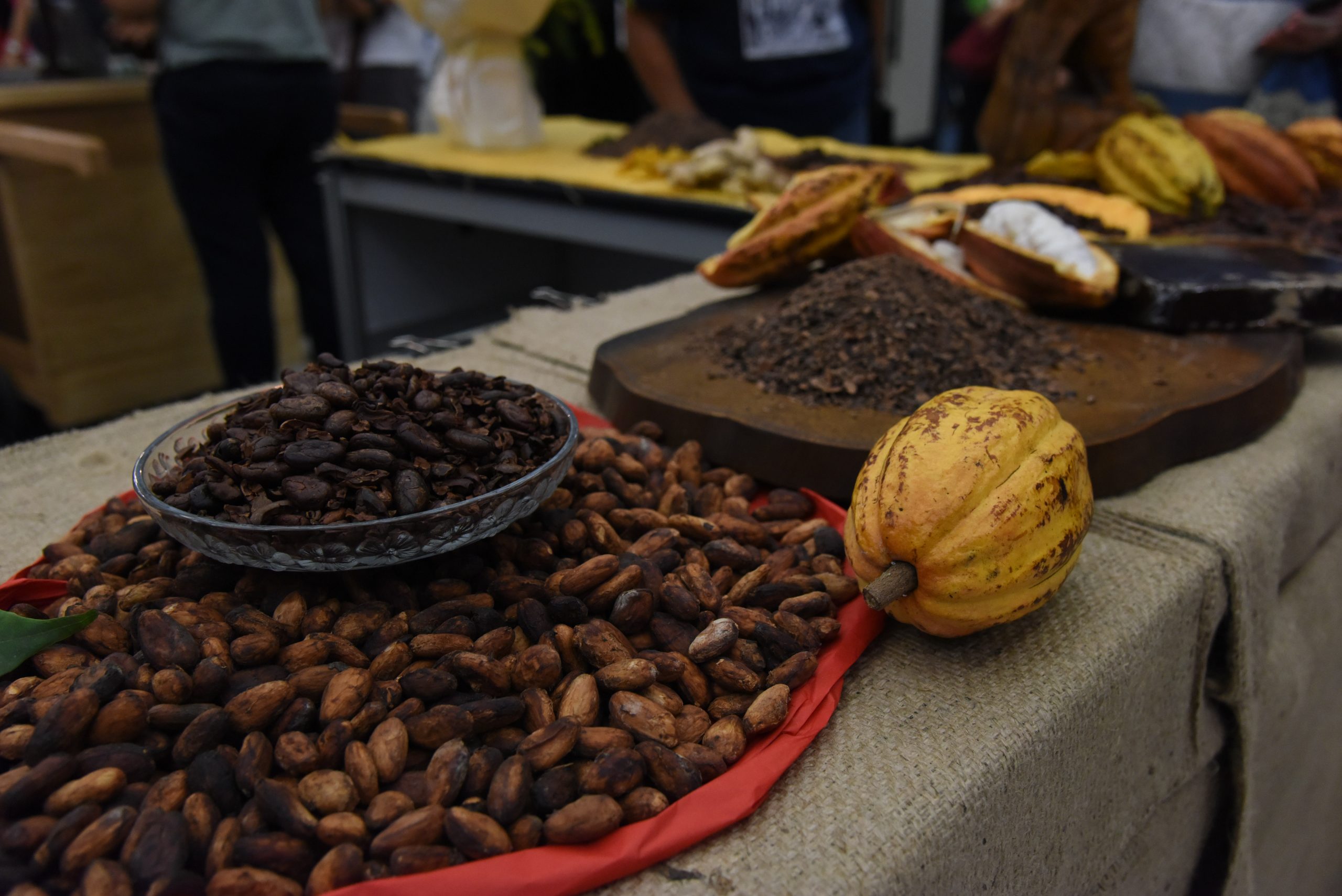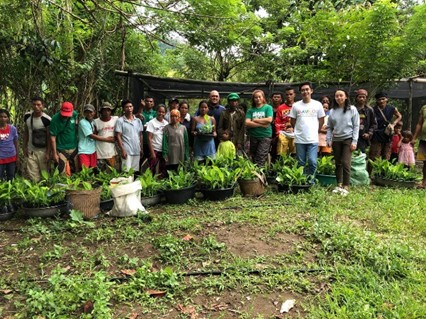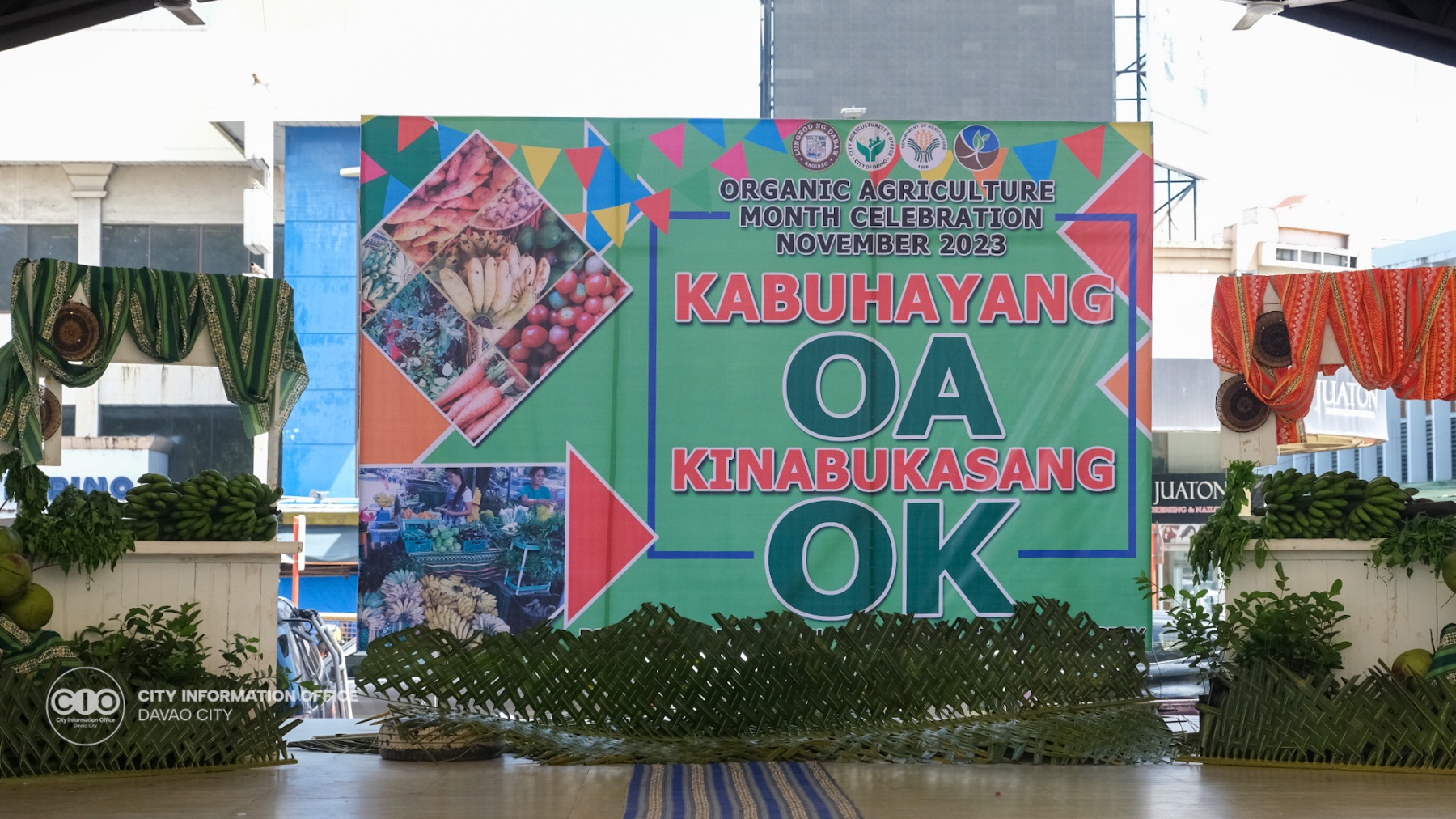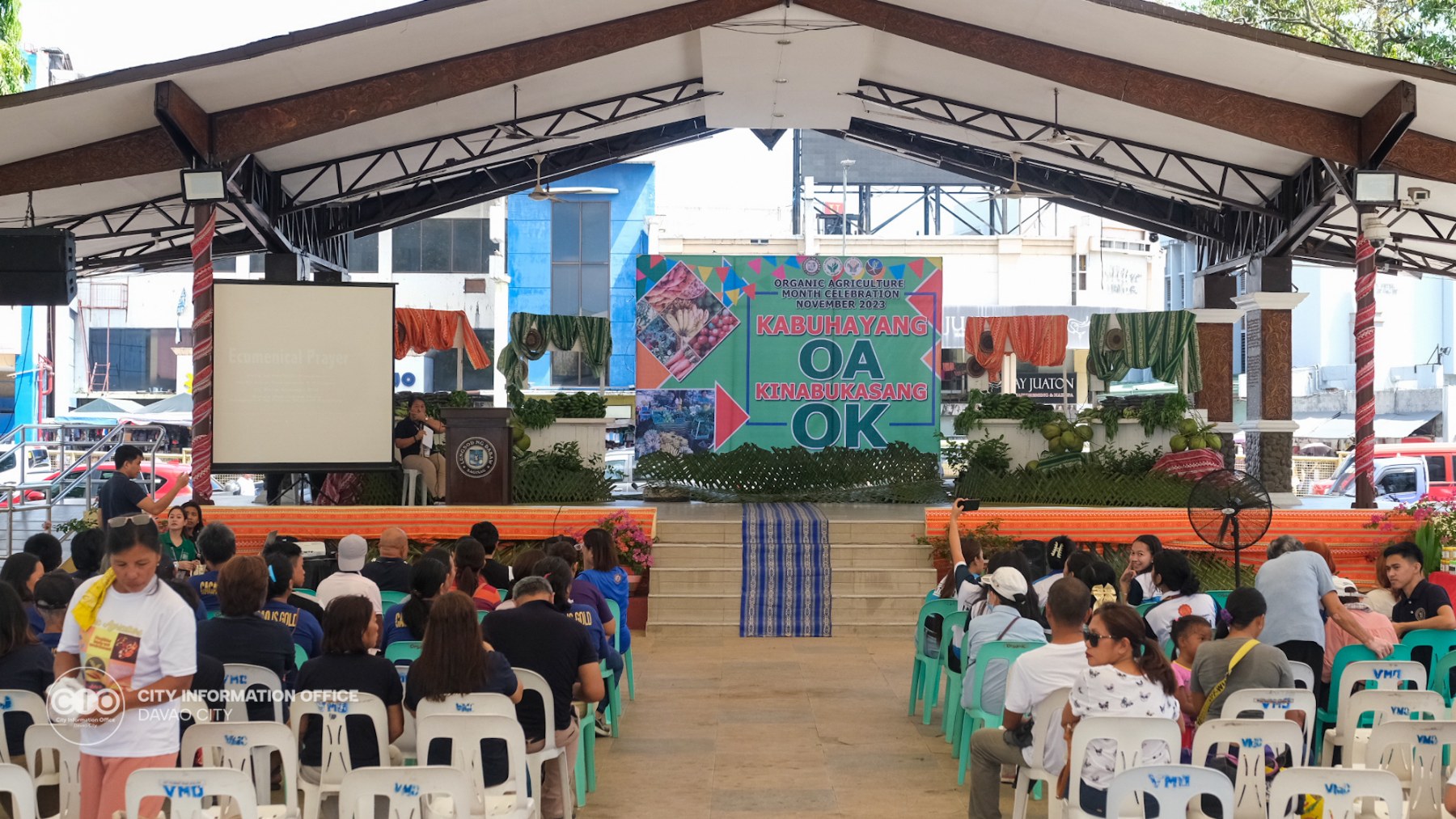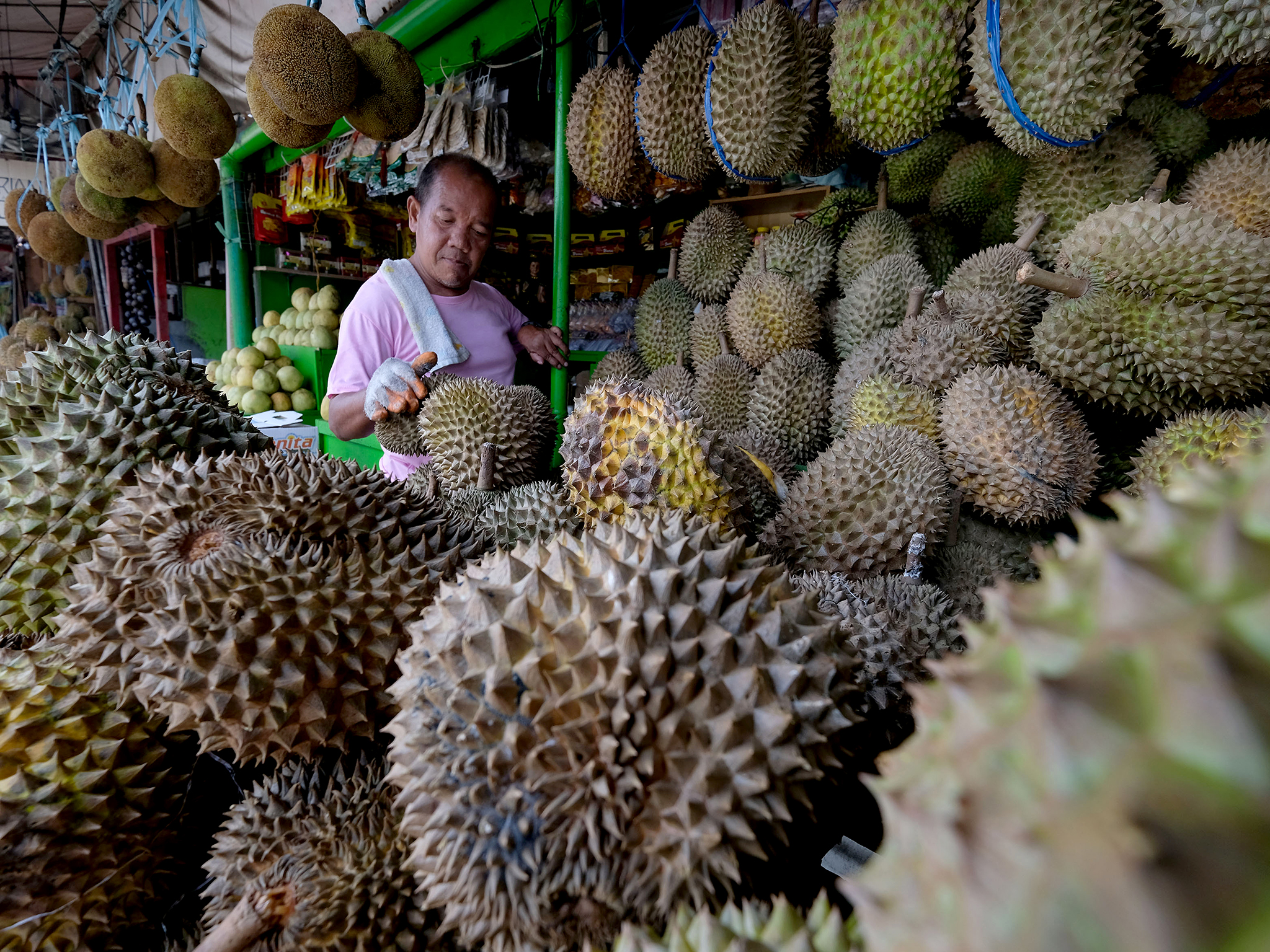July 22, 2022
Due to the earlier-than-usual harvest of Davao City’s fruit produce this year, the City Agriculturist’s Office (CAGRO) will instead showcase value-adding products such as processed cacao beans and artisanal chocolates during the Kadayawan Festival next month.
City Agrulturist’s Office Head Edgardo Haspe, in an interview with the City Information Office on June 19, said the significant changes in the cycle of dry and rainy seasons observed since 2020 have altered the harvest of seasonal fruits like durian, lanzones, rambutan and marang.
“Before climate change, naa gyud na siya’y distinct na dry season every year. From the month of January to March, usually mao na siya ang dry season. Diha ma-stress ang tanom ug magmanifest og flowering. After that period, dinha na mag-start ang harvest starting sa July handtud na na siya sa October (Before climate change, there really was a distinct dry season every year. The dry season is usually from the month of January to March. That is when plants are stressed and flower. After that period, harvest season will start in July up to October),” Haspe said.
A two-week intense heat wave was felt in February and March, prompting fruit trees in the lowland areas to flower earlier than usual. This meant that harvest season came as early as June and July.
Haspe said there may be more fruits to be harvested from the city’s highlands this August, but the volume will still be less than the usual Kadayawan harvest.
“Siguro kung dili na ta ka-showcase sa atong mga fruits (Maybe if we cannot showcase our fruits), we can showcase our value-adding products like the cacao beans and our chocolates. We have a lot of chocolate processors in Davao City right now. Being the Chocolate Capital of the Philippines, we do have a globally competitive processed cacao products and chocolates,” he said.
Production of cacao and other industrial crops like coffee, rubber, abaca and pili nuts have increased in volume with 5,958.16 metric tons in 2019 to 6,802.45 metric tons in 2021.
Haspe said vegetable production in the city has also increased, from 16,272.94 metric tons in 2019 to 17,560.04 metric tons in 2021.
He said the lockdown during the pandemic has contributed to the rise in vegetable production in the city, especially in urban areas.
“Ang result sa lockdown is mas nitaas atong production sa gulay. Kay naa ma’y time nga ni-engage sa pagtanom ang mga tao. Instead na magtrabaho sila, lockdown man, so nananom na lang sila (The result of the lockdown is the increase in vegetable production because people engaged in planting. Instead of going to work, since there was a lockdown, they resorted to gardening),” Haspe said. CIO

